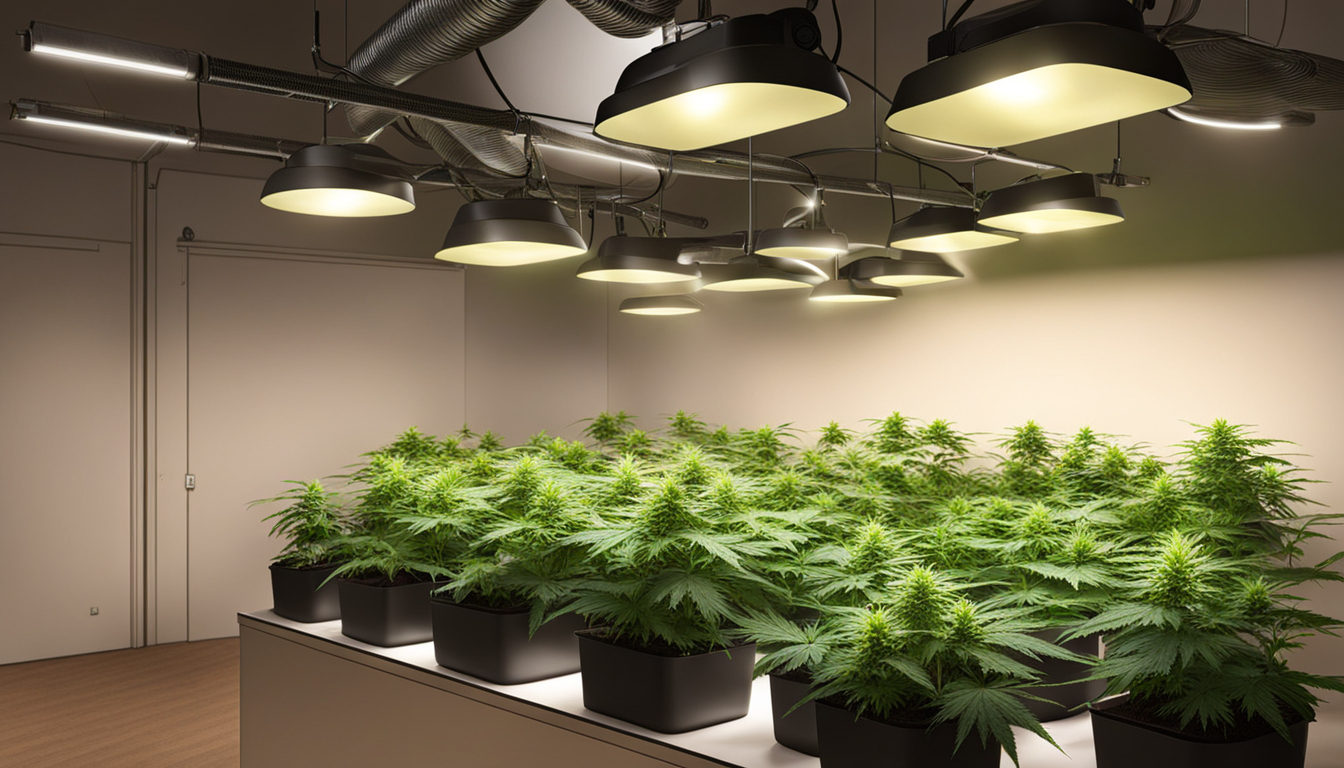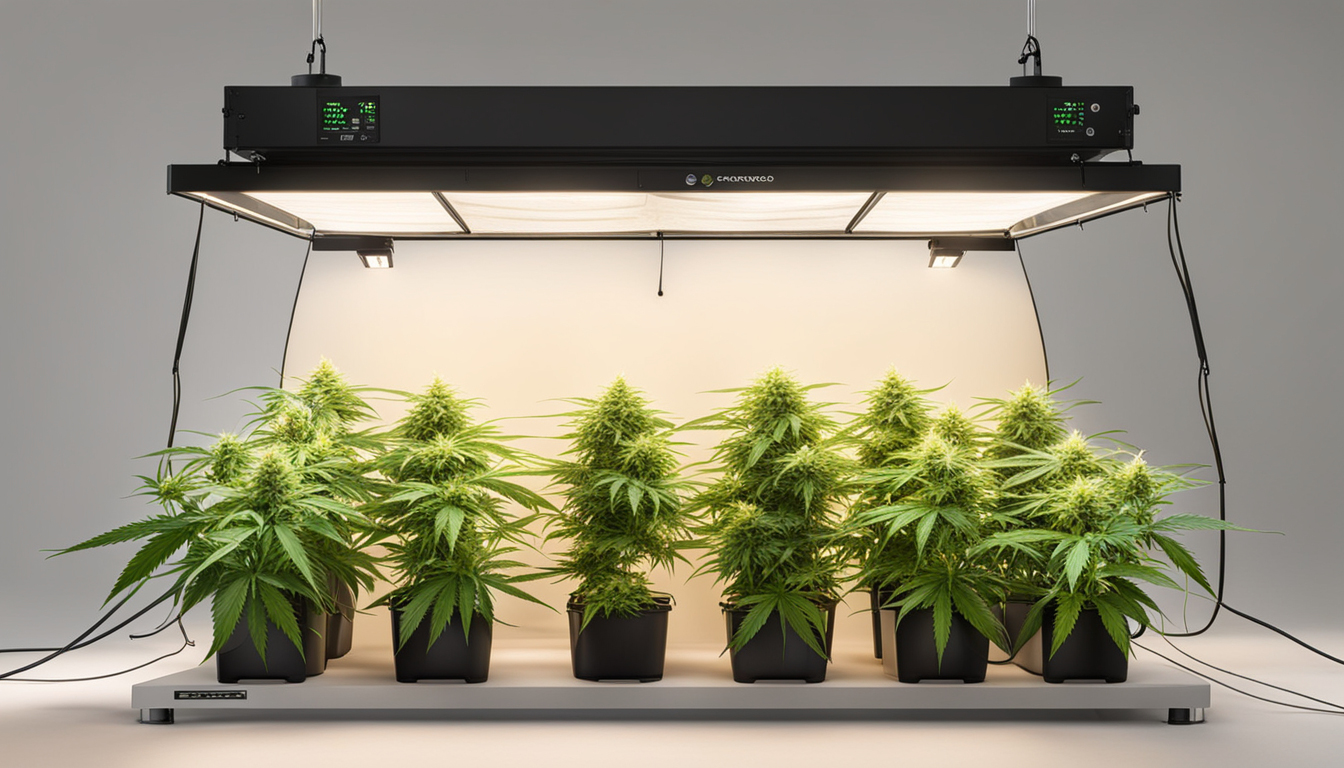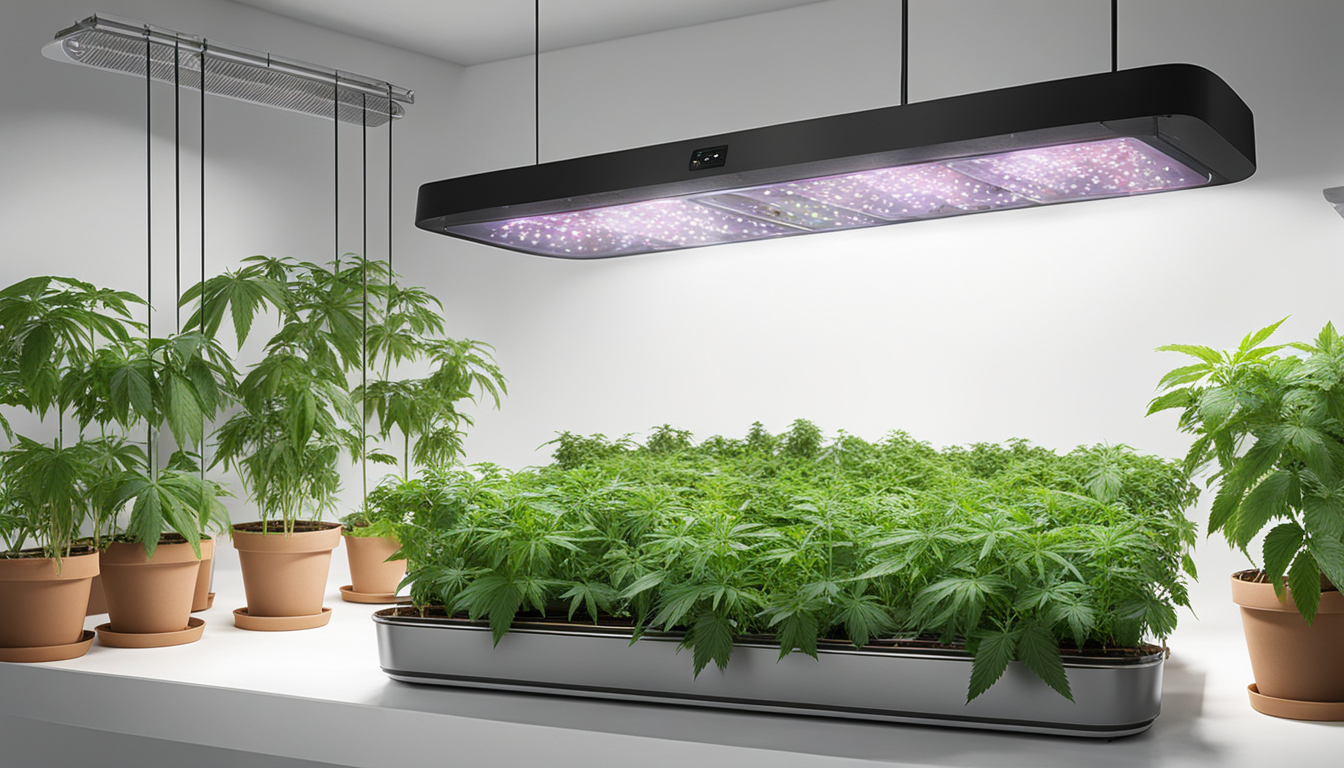
Whether you're beginning cannabis growing or looking to improve your existing crop, following this complete guide will help you produce bountiful, high-quality yields right at home. With the right equipment, techniques, and care, cultivating pot indoors can be an extremely productive and cost-effective endeavor.
Choosing Cannabis Strains
The first step in planning your indoor grow is choosing the right pot strains to cultivate. The three main types of weed plants each have their own traits.
Energizing strains
Known for their uplifting mental effects, these strains spread tall and slender with narrow leaves. They thrive in warmer equatorial climates and have a longer flowering time between 10-12 weeks indoors. Top sativa strains include Jack Herer, Durban Poison, Super Lemon Haze, and Jack Herer.
Indicas
Indicas provide relaxing full-body effects and grow short and bushy with broad leaves. Adapted to cooler mountain climates, they flower faster within 8-9 weeks. Popular indica strains include Granddaddy Purple, Northern Lights, and Bubba Kush.
Hybrids
Hybrid strains blend traits from both sativas and indicas. They offer combined effects and have moderate flowering periods around 9-10 weeks. Well-known hybrids are OG Kush, Girl Scout Cookies, and Blue Dream.

Setting Up Your Cultivation Space
Marijuana plants need the right controlled environment to thrive. Key factors for indoor grows are lighting, airflow, layout, and finding the ideal discreet area.
Location
Choose an empty space with quick access to water and power outlets. An empty extra bedroom, unused closet, corner of the basement, or cultivation tent tucked away in a garage all make great stealthy cultivation room spots.
Lights
Marijuana requires strong light for all growth stages. LED grow lights are efficient and come in broad spectrum options mimicking natural outdoor light. Provide 250-400 watts per square foot for the growth stage and 400-600 watts per sq. ft. for flowering.
Ventilation
Proper airflow and exhaust systems keep ideal temperature, humidity, and pure CO2 levels. Set up quiet 10-15 cm blowers or carbon filters to circulate stale air and eliminate smells.
Layout
Maximize your space by arranging plants carefully under the lights and allowing room to reach and work around them. Set up separate zones for growth, bloom, curing, and cloning.

Growing Substrates
Weed can be cultivated in different substrates, each with pros and cons. Pick a proper option for your specific setup and growing style.
Soil
The traditional medium, soil is inexpensive and easy for new growers. It provides excellent flavor but needs more watering and nutrients to nourish plants. Enrich soil with perlite or coco to enhance drainage.
Coconut coir
Made from coir, reusable coconut fiber retains water but still allows air to the roots. It's more sterile and more predictable than soil. Use coco-specific fertilizers to avoid accumulation.
Water systems
In hydro systems, plant roots develop right in nutrient irrigation solution. This allows quick development but needs close monitoring of solution chemistry. Deep water culture and irrigation systems are common techniques.
Sprouting Seeds
Sprouting activates your marijuana seeds to start sprouting radicles. This prepares them for planting into their cultivation medium.
Towel Method
Place seeds between moist paper towels and maintain them damp. Check after 2-7 days for growing radicles indicating sprouting is complete.
Planting directly
Plant seeds directly into wetted cultivation medium 1⁄4 inch deep. Gently water and wait 1-2 weeks until seedlings break through the surface.
Rockwool Cubes
Soak cubic rockwool starters in balanced water. Insert seeds 6mm deep into the cubes. Keep cubes moist until seedlings appear within a week to 2 weeks.
Transplanting Seedlings
Once germinated, marijuana young plants need to be transplanted to avoid crowding. Move Click Here them into proper sized pots.
Preparing Containers
Fill final containers with cultivation medium enriched with slow-release nutrients. Allow pots to soak up water for 8-12 hours before transplanting.
Gently repotting
Carefully loosen seedling roots from germination medium using a spoon. Place into prepared pot at equal depth as before and gently water in.
Growth Stage
The vegetative stage promotes leafy growth and plant structure through 18-24 hours of continual lighting intensity. This stage usually lasts 1-2 months.
Using 18-24 Hours of Light
Use grow lights on a 24 daily schedule or outdoor light to initiate nonstop photosynthesis. Light intensity influences size and internodal spacing.
Fertilizing
Use vegetative stage fertilizers richer in N. Make sure pH remains around 5.8-6.3 for full fertilizer uptake. Fertilize 1⁄4 to 1⁄2 strength after 2 weeks and increase gradually.
Training Techniques
Fimming, LST, and trellising direct shoot shapes for flat foliage. This boosts yields.

Bloom Stage
The blooming stage grows buds as plants show their sex under a 12/12 cycle timing. It lasts 2-3 months depending on strain.
Changing Light Schedule
Change lamps to 12/12 or move outdoors for outdoor 12 hour cycle. This triggers plants to begin flowering.
Stop Fertilizing
Flushing flushes out fertilizer residuals to improve taste. Feed lightly the first weeks then just use plain water the last 2 weeks.
Flushing
Maintain 12/12 light timing but flush using neutral pH water only. Return to plain watering if buds aren't ripe after two weeks.
Reaping
Knowing when cannabis is completely mature ensures maximum potency and aroma. Cut down plants at optimal maturity.
Identifying Ripeness
Check fading pistils, swelling calyxes, and 10-15% cloudy trichs. Inspect buds across the plant as they don't all mature evenly.
Cutting Plants
Use clean, sharp trimming scissors to carefully cut each plant at the base. Keep several inches of stem attached.
Curing
Hang whole plants or colas upside down in a lightless room with moderate temperature and RH around 45-65% for 7-14 days.
Curing
Aging continues desiccating while improving the buds like fine wine. This technique smooths harshness and intensifies terpene and terpene profiles.
Curing containers
Trim cured buds from branches and place into sealed containers, filling about 75% capacity. Use a hygrometer to measure container humidity.
Opening jars daily
Open containers for a short time daily to gradually lower moisture. Rehydrate buds if humidity goes under 55%.
Final Cure
After 14-21 days when humidity levels off around 55-65%, do a last trim and keep long-term in airtight jars.
Common Problems and Solutions
Even seasoned growers run into different cannabis plant problems. Detect issues soon and address them correctly to maintain a vibrant garden.
Nutrient Deficiencies
Chlorosis often indicate inadequate nitrogen. Purpling stems and leaves signal phosphorus deficiency. Test pH and increase fertilizers Contact Us Today gradually.
Bugs
Spider mites, fungus gnats, mites, and root aphids are frequent cannabis pests. Use organic sprays, predator bugs, and sticky traps for organic control.
Mold
Excessive humidity promotes botrytis and bud rot. Increase airflow and venting while lowering humidity under 50% during flowering.

Conclusion
With this complete indoor weed growing guide, you now have the info to cultivate bountiful strong buds for private harvests. Follow these techniques and methods during the seed starting, vegetative, and bloom stages. Spend in good equipment and carefully check on your plants. In time, you'll be compensated with sticky aromatic buds you grew yourself under the loving care Request More Info of your green thumbs. Good luck cultivating!